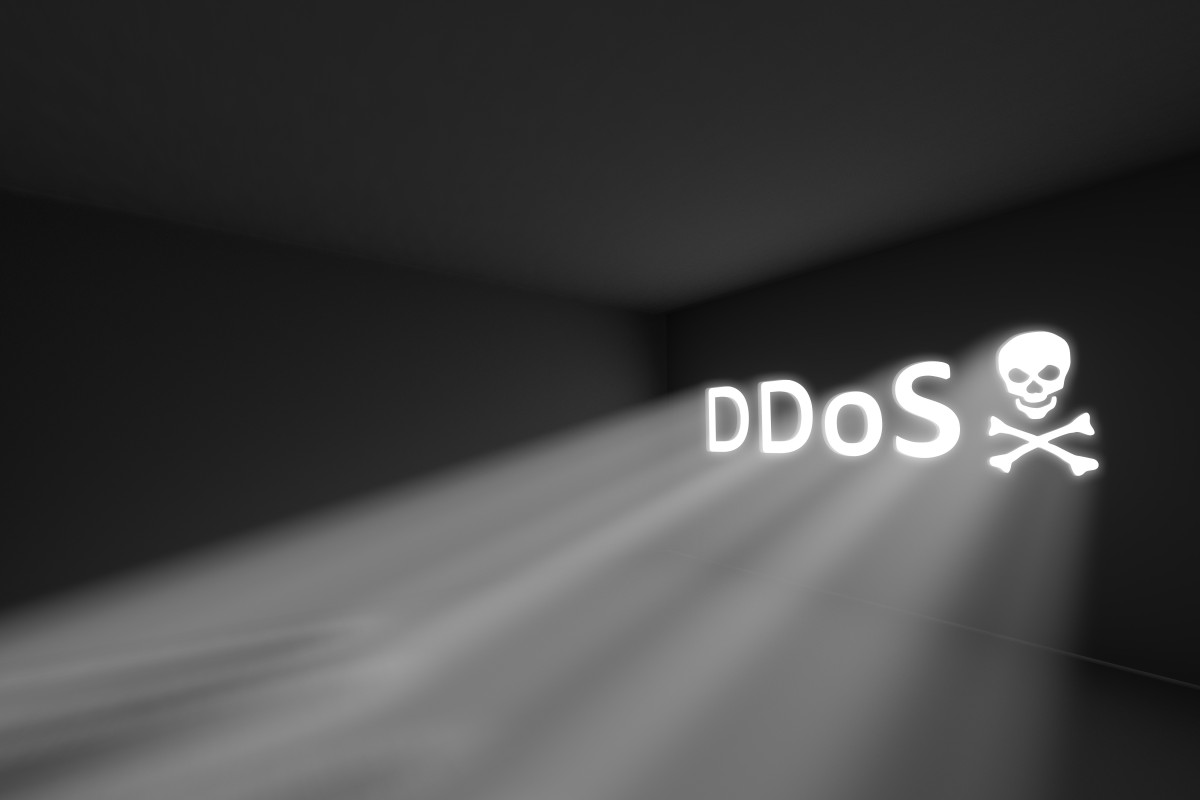The changing technology landscape is having a large influence on cybersecurity strategy. The proliferation of mobile applications has either a major or significant impact on 79 percent of businesses – even more so than the need to understand gaps in their current security programmes. Cloud-based technologies follow closely behind, with 77 percent citing the migration to the cloud as having either a major or significant impact.
“Security teams that focus purely on the external threat are being left behind by the pace of business and digital change,” said Simon Church, Optiv’s general manager and executive vice president, Europe. “We are seeing a significant shift to a ‘business-first’ perspective among cyber leaders, which balances risk with the imperatives of the modern enterprise. However, many organisations are still married to the antiquated outside-in model, which is predicated on buying security technologies based on the latest trends and vulnerabilities in a problem and response manner. This approach allows the landscape, rather than enterprise objectives, to dictate security infrastructure and operations, and often ignores the other important elements of a successful security programme - people and process.”
The research also finds that wider business buy-in is a challenge. Nearly three in five IT leaders feel that obtaining buy-in for their security programmes is tough, primarily because of a lack of understanding from the board. Almost a third view this lack of understanding as a primary roadblock to delivering their preferred strategy, and just 23 percent feel like the rest of the business understands their security strategy extremely well. In 56 percent of businesses, IT formulates a security programme strategy, but requires board sign off to begin. And, in nearly a quarter of cases, the board dictates the strategy down to the organisation.
“Many organisations struggle to successfully measure and report cybersecurity ROI against corporate business goals,” said Church. “In fact, according to our research only one third of organisations actually report back to their business on the success of their programme with either a live dashboard or regular reports showing key metrics. By strengthening reporting, IT decision makers can better secure buy-in and demonstrate the value of their security strategies and solutions.”
The research identifies that more than a quarter of respondents believe their security works extremely well. But increasingly, enterprises don’t just want effectiveness. They want simplicity. When asked how much emphasis businesses would place on different factors if they could rebuild their programmes from scratch, respondents say they would put 32 percent of their focus on simplicity, a 9 percent increase over current state.
“The challenge is that the world continues to change and evolve at an accelerating pace,” said Church. “Everyone is aware of the exponential growth and the impact on global economies and businesses due to globalisation, internet and cloud business models, digital transformation, mobility – all radically changing industries that are being completely re-invented. The result of these transformations, and the existing security approach, is a cyber world that is overly and unnecessarily complex and underperforming. Our research confirms that the industry needs a new perspective, a new approach, and a new delivery and consumption model for cybersecurity that results in better outcomes. The industry needs an approach that puts business strategy and risk at the heart of cyber decision-making.”




